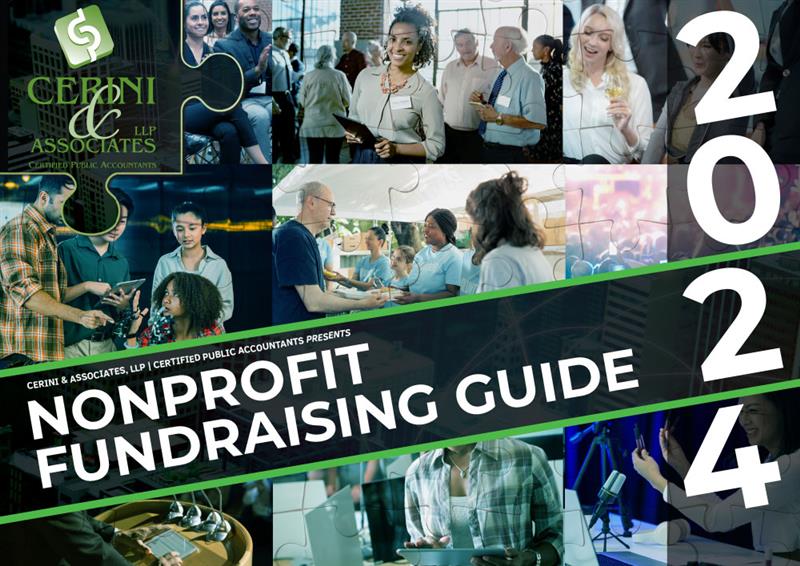Have you or your colleagues uttered these words recently?
…I wish I could rely on my board to………(fill in the blank)
…If only my board would……..(fill in the blank)
If you said, “Yes!” to one or all of the above, please know you are in the majority and not the minority.
While this article will NOT go into the various reasons for that, it WILL offer many tangible approaches specifically related to growing board engagement in your organization’s fundraising strategy.
What’s My Role?
🚨Alert! If you do not yet have an active “Board Member Expectations” Checklist or Role Description, that should be the first step you take in communicating expectations and setting up a structure for overall accountability among your board members.🚨
It is vital to identify and clearly communicate the expectations for your board members (which should build on their required legal duties) — and you guessed it, ideally this is done during the vetting and/or onboarding processes!
But it’s never too late to introduce an expectations document or re-engage around what your organization needs from its board to ensure sustainability and maximization of mission impact.
What’s Our Fundraising Strategy?
Engagement often starts with education. How have you shared your organization’s approach to fundraising with your board? Does your development or advancement director participate in at least one board meeting a year to share an overview of the strategy as well as overall progress?
If not, you have an opportunity to get buy-in and more involvement by sharing your approach.
“Don’t ask for money!”
Most board members are not comfortable asking for money. Most people aren’t comfortable asking for money.
Apologies for the clickbait header – because of course if you have folks on your board who fall into the minority of either being a professional fundraiser or enjoying direct outreach, by all means support their efforts and arm them with helpful messaging.
But for the majority who have an aversion to hitting up their personal networks for cash… here’s where you have a huge opportunity to approach fundraising in a radically different way: focus on relationship-building.
Activating Your Board Members as Relationship-Builders
Offer your board members a menu of ways to participate in your fundraising strategy – and incorporate these items into your expectations document and/or your next board retreat.
Your board members can engage in a variety of indirect fundraising tactics by building relationships, raising awareness, and creating opportunities that ultimately lead to increased donations. Here’s a few ideas:
💡 Network Building & Introductions:
Board members can introduce staff to influential people within their networks, such as business leaders, philanthropists, and community influencers, without making direct asks for donations. These connections can lead to partnerships or future giving opportunities.
💡 Hosting Informal Gatherings:
Board members can organize small, informal events like coffee meetings, dinners, or networking gatherings to introduce potential donors to the organization’s leadership and mission. This creates a foundation for future asks.
💡 Engaging on Social Media:
Sharing stories, achievements, and needs on personal and professional social media channels helps amplify the organization’s reach and visibility.
💡 Leveraging Business Relationships:
Board members who are business owners or executives can explore opportunities for corporate sponsorships, matching gift programs, or cause-marketing partnerships that benefit the nonprofit indirectly through increased visibility and access to new networks.
💡 Opportunities for Corporate Social Responsibility (CSR):
Board members can encourage their companies or other organizations to get involved in volunteer opportunities. Volunteer engagement often leads to deeper relationships and future financial support.
💡 Donor Recognition, Appreciation & Stewardship:
Board members can help host donor appreciation events, which don’t involve direct asks but help strengthen relationships with existing donors. This keeps donors engaged and motivated to continue giving.
💡 Board-Hosted Exclusive Events:
Hosting exclusive tours, behind-the-scenes visits, or intimate gatherings for top supporters can deepen donor engagement without making an immediate fundraising request.
💡 Media Outreach:
Board members with media contacts can help the organization secure press coverage, features, and interviews. Increased media exposure can draw in new donors who are inspired by the organization’s mission.
💡 Ambassadorship:
For the more outgoing board members, they can consider representing the organization at industry conferences, community events, or charity gatherings. By speaking passionately about the nonprofit’s work, they can inspire attendees to learn more and potentially support the cause financially in the future.
💡 Support Capital Campaigns:
Board members can serve on committees for capital campaigns, helping to spread the word and gather support indirectly. They can also endorse or give credibility to campaigns with their involvement, even if they aren’t directly soliciting donations.
By engaging in these indirect tactics, board members become part of a supportive environment that fosters relationship-building and awareness, both of which are crucial for long-term fundraising success.
Getting Buy-In & Creating a Culture of Philanthropy
If all of the above ideas sound great in theory but you’re wondering, but how do I actually get my board members to engage in these tactics?
The important component of “buy-in” and the lengthy process of working toward a shift in culture needs to be confronted.
When it comes to approaching accountability in both a respectful and gentle way, this is where pairing a board member self-assessment with your board responsibilities document can be effective. This allows your board members a chance to reflect on their participation – what they intended to do versus where they are currently showing up. It also opens up a larger conversation around where the organization is doing well and where there are opportunities for growth.
In addition, the cornerstone of the above approach is a focus on skills-based volunteering. This encourages your board members to use what they’re good at to grow your impact!
From a broader standpoint, this is where a board matrix exercise can be an effective way to gather your board’s overall composition of skills, representation, leadership style, and much more.
Make it Easy!
It goes without saying that the tactics above are more impactful when board members are provided with messaging. If you don’t’ have the capacity to customize your messaging you can connect your board members to free resources, such as BellesBoard’s AI-Powered Fundraising Coach.
Finally, be sure your board members have a central secure location, such as a board portal, to access their expectations document and board information all in one place.

Christine Deska, Co-Founder & President
BellesBoard & Nonprofit Sector Strategies





No comment yet, add your voice below!